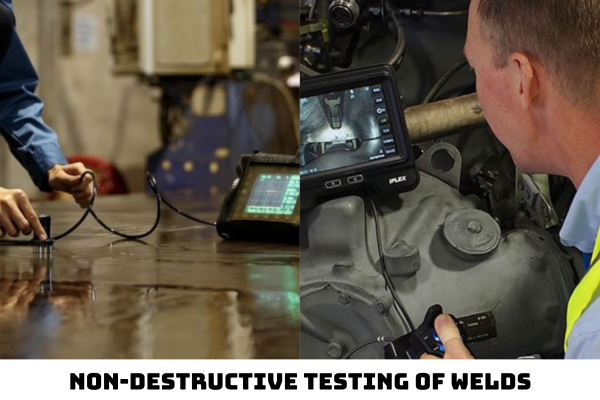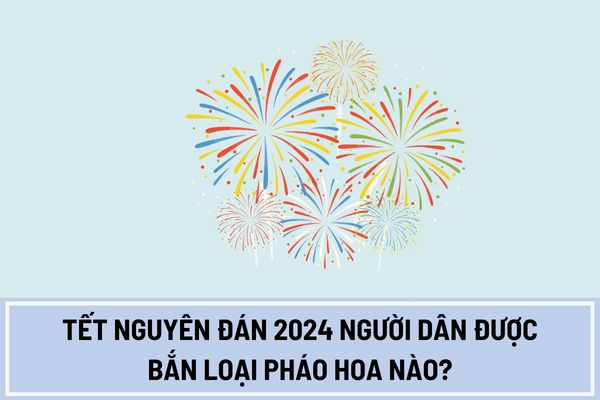What is Vietnam Standard TCVN 6735: 2018 ISO on Non-destructive testing of welds - Ultrasonic testing - Techniques, testing levels and assessment about?
- What is Vietnam Standard TCVN 6735: 2018 ISO on Non-destructive testing of welds - Ultrasonic testing - Techniques, testing levels and assessment about?
- What is the information required before non-destructive testing of welds - ultrasonic testing in Vietnam?
- What are the regulations on the volume of non-destructive testing of welds - ultrasonic testing in Vietnam?
What is Vietnam Standard TCVN 6735: 2018 ISO on Non-destructive testing of welds - Ultrasonic testing - Techniques, testing levels and assessment about?
Vietnam Standard TCVN 6735: 2018 replaces TCVN 6735: 2000.
The Vietnam Standard TCVN 6735: 2018 is completely equivalent to ISO 17640: 2017.
Vietnam Standard TCVN 6735: 2018 compiled by the National Technical Committee of Vietnam Standard TCVN/TC 135 - Non-Destructive Testing, proposed by the Directorate of Standards, Metrology and Quality, and published by the Ministry of Science and Technology.
The Vietnam Standard TCVN 6735: 2018 specifies manual ultrasonic testing techniques of molten welded bonds in metal materials with a thickness of ≥ 8 mm, with low ultrasonic attenuation (especially due to scattering) at the test subject's temperatures from 0 °C to 60 °C. This standard is mainly for use for fully penetrating welded bonds where both welding and base materials belong to ferritic steels.
As the ultrasonic values depend on the material specified in this standard, these values are based on steels whose ultrasonic velocity is equal to (5920 ± 50) m/s with longitudinal waves and equal to (3255 ± 30) m/s with transverse waves.
The Vietnam Standard TCVN 6735: 2018 specifies four Testing levels, each corresponding to a different probability of detecting defects. Guidance on selecting Testing levels A, B, and C is given in Appendix A.
The Vietnam Standard TCVN 6735: 2018 specifies that the requirements of the Level D Test, which is intended to be used for special applications, are by the general requirements. Level D Test can only be used when specified by technical regulations. This includes metallic tests other than ferritic steels, partial permeability weld tests, automated instrumentation tests, and tests at test object temperatures outside the 0 °C to 60 °C range.
The Vietnam Standard TCVN 6735: 2018 can be used for the assessment of continuous losses, for acceptance purposes, by one of the following two techniques:
- Assessment primarily based on the length and amplitude of the reverberation of continuous loss;
- Assessment based on characterization and sizing of continuous loss by probe moving technique.

What is the information required before non-destructive testing of welds - ultrasonic testing in Vietnam?
Under Section 6 of the Vietnam Standard TCVN 6735: 2018, the information required before non-destructive testing of welds - ultrasonic testing in Vietnam includes:
(1) Items to be specified:
These items include:
- Method for setting the reference level;
- The method to be used to assess defects;
- Acceptance levels;
- Testing level;
- The construction and operation phase at which the test will be conducted;
- Qualifications of personnel;
- The extent of the test for transverse continuous losses;
- Requirements for additional double testing (according to ISO 16826);
- Base metal testing before and/or after welding;
- Written testing procedures whether required or not;
- Requirements for written testing procedures.
(2) Specific information required before testing
Before any welding bonding test can begin, the tester must have access to the following necessary information:
- Written testing procedures, if required (see 6.3);
- Type of basic material and product form (i.e. casting, forging, rolling);
- The stage of fabrication or work at which the test will be carried out, including heat treatment, if any;
- The duration and extent of any post-weld heat treatment;
- Joint preparation and size;
- Requirements for surface conditions;
- Welding process or related information about the welding process;
- Reporting requirements;
- Acceptance levels;
- The level of testing, including requirements for horizontal continuous losses, if relevant;
- Testing level;
- Qualification level of personnel;
- Procedures for corrective actions when persistent losses are detected are not acceptable.
(3) Written Test Procedure:
The definitions and requirements in this InterVietnam Standard generally satisfy the need for a written test procedure.
Where this is not the case or where the techniques described in this InterVietnam Standard are not appropriate for welding bonding to be tested, additional written test procedures shall be used, if required by technical regulations.
What are the regulations on the volume of non-destructive testing of welds - ultrasonic testing in Vietnam?
Under Section 8 of the Vietnam Standard TCVN 6735: 2018, the regulations on the volume of non-destructive testing of welds - ultrasonic testing in Vietnam are specified as follows:
The test volume is defined as the zone including the weld and the base material and the width of the heat-affected zone on each side of the weld or at least 10 mm if the width of the heat-affected zone is not known.
In any case, the scan must cover the entire test volume. If individual parts of this volume cannot be covered in at least one scanning method, or if the angles of incidence to the opposite surface do not meet the requirements in 7.3.2, alternative or complementary ultrasonic techniques or other non-destructive testing techniques must be agreed upon. In some cases, this may require the removal of the weld reinforcement part.
Additional techniques may require testing using dual-element angular beam probes, bovine wave probes, further ultrasonic techniques, or any other appropriate method, such as liquid osmosis, magnetic particles, and radiation imaging tests. In choosing alternative or complementary techniques, consideration should be given to the type of weld and the probable direction of any defects to be detected.
LawNet
